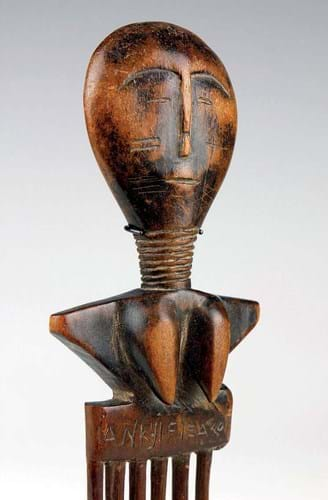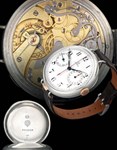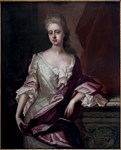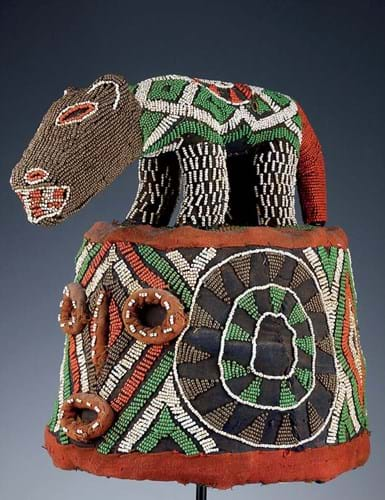
Eye-catching and bold, this elaborate Bamileke king’s beaded hat, pictured above, from Cameroon topped with a crouching leopard underlines the importance of the human head in Africa.
A symbol of power worn to preserve and enforce hierarchy in Bamileke culture, the headdress and other African headwear and hair adornments are examined in an exhibition at Tribal Gathering London.
Head and Hair: The Art of Adornment, which runs from May 20-July 10, is the first to take place in the gallery’s new space in Ladbroke Grove.
It features an array of artefacts, also including crowns, combs, hair pins and hair-parters made across the vast continent, with the majority dating from the mid-20th century and priced between £500-1000.
“As the pinnacle of a person, the head is a central and potent image in African culture,” says proprietor Bryan Reeves. “The head is a marker of personal identity, tying an individual to their family, ancestors, community and destiny.
“In many African societies, artefacts intimately associated with the head are invested with heightened value. These artefacts of adornment visually accent this central, surmounting part of the body, increasing its symbolic potency.”
Reeves has chosen pieces that demonstrate the “astonishing energy, time and skill” devoted to their creation.
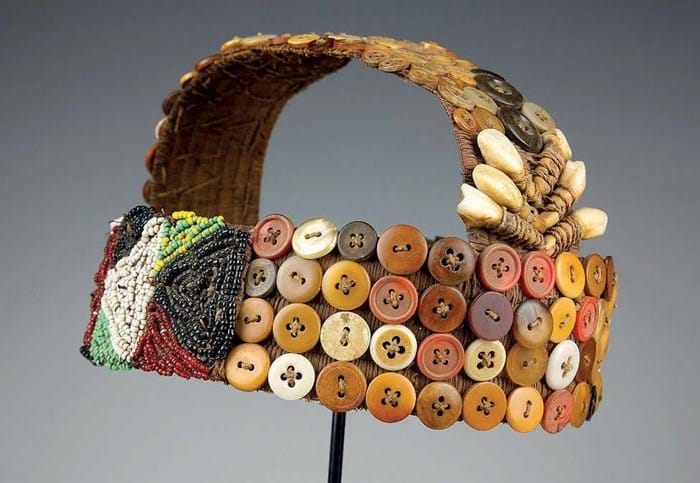
Woman’s ceremonial head adornment, Lega Culture, Democratic Republic of Congo – £850 at Tribal Gathering London.
A ceremonial head adornment embellished with early European buttons would have been worn by a high-ranking female member of the Lega Bwami society in the Democratic Republic of Congo and a crown of porcupine quills worn by a Bamileke ruler during ceremonial occasions, a symbol of the leader’s sacred role and mastery over nature.
Hair combs – a “status symbolturned- cultural icon in both ancient and modern African societies,” says Reeves – include an intricately carved Akan example (Du’afe) from Ghana and a Kwere comb decorated with Swahili designs, the same patterns also found on furniture and household items along the Tanzanian coast.
These combs would have been gifted by men to women to commemorate special events, such as puberty, weddings and births, and celebrated as works of art.
Positive feeling
The exhibition follows a busy period for Reeves as the market for tribal art has held firm over the last 12 months. “Our dealing community feared the worse when the pandemic started early last year but in fact clients have been looking to buy, perhaps even more so than usual,” he says.
“Our collectors are getting more accustomed to buying online. As a dealer, going the extra mile to establish a trusted relationship with a client is a great help. The general market feeling is positive.”


